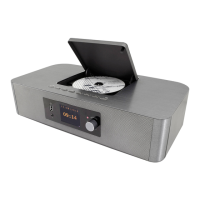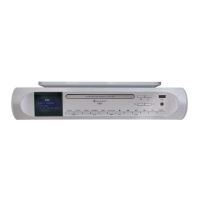What to do if my SOUNDMASTER Stereo System is disturbed by Electro-Magnetic Interference?
- LLindsey SchneiderSep 19, 2025
If the normal function of your SOUNDMASTER Stereo System is disturbed by strong Electro-Magnetic Interference, simply reset the product to resume normal operation by following the instruction manual. If the function does not resume, use the product in another location.



